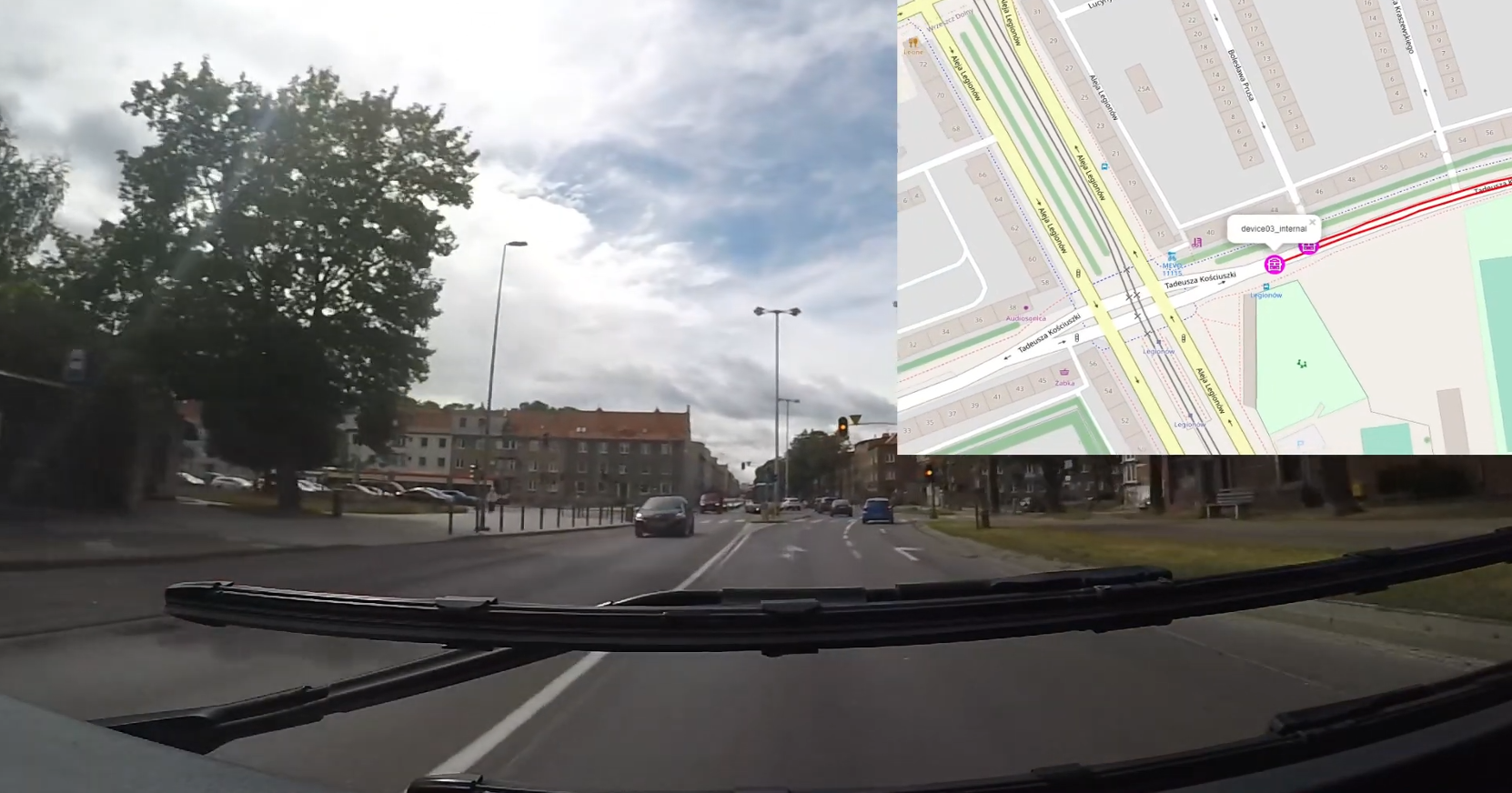Project in the Spotlight
FLAMINGO: Fulfilling enhanced location accuracy in the mass-market through Initial Galileo Services
One of the goals of the ARIADNA project is to raise awareness about the technological enhancements of EGNSS. Luckily, there are many fellow GSA projects supporting this objective: they are developing, analysing or demonstrating the benefits of EGNSS in different applications and contexts and are reporting outstanding results. We are happy to share with you some of them!
First up is the FLAMINGO project, which ran from 2017 to 2020 and was coordinated by GMV NSL.

Positioning up to 50cm
The overarching objectives of FLAMINGO were to develop and deliver high accuracy positioning and navigation services for mass market uptake (such as mobile apps), and to demonstrate the potential by developing and showcasing ready to market applications on both smartphone and IoT devices within major EU cities.
Solutions were developed and showcased on both smartphone and IoT devices within demonstration and dissemination events across Europe.
One main achievement of FLAMINGO was the creation of a positioning service with enhanced accuracy for smartphones, lowering accuracy from circa 3 to 10 metres down to 0.5 to 1 metre, enhancing user experience, creating new and improved features in location based apps and allowing new apps to be developed that introduce GNSS into new markets.
The project started with a market analysis, where more than 30 applications were screened based on their maximum market potential and their required horizontal accuracy. The consortium then started the research and development to create an operation service to be used by these applications. Key features were to use existing GNSS formats and protocols and to be readily usable by those who have no prior knowledge of the underlying technologies.
FLAMINGO developed and built a hosting and interface server, software to interface with the GNSS measurements in the devices, high accuracy GNSS data products, server and device side positioning engines, and an Application Programming Interface (API), being the gateway of FLAMINGO to the developers of mass market Apps.
IoT device for buses and trams
Another solution developed in the FLAMINGO project is an Internet of Things (IoT) Device created by project partner Blue Dot Solutions, made for buses and trams.
Buses and trams operate in difficult and diversified conditions, and traditional GPS systems may fail in cities because their accuracy is not sufficient. The IoT system developed by FLAMINGO can monitor position in real-time with precision better than 1 meter, enabling sensors to indicate any damage on the road or track. This would help to reduce costs related to repairs, minimise the risk of road collisions and increase overall safety in the city.
To test this device, two units were installed inside two of the cars simulating the routes of city buses, through highly urbanised and suburban zones around the Polish city of Gdańsk. This was enough to validate the platform capability and pinpoint the potential issues that required changes and rewriting of the application code.
After the initial testing had been completed, Blue Dot Solutions approached GAiT (the Gdańsk municipal area public transportation company) to test the units inside public transport vehicles. This operation has been completed with four devices being installed on two selected buses. Afterwards, the buses were monitored for one month to verify the system performance and evaluate possible bugs.

GAiT bus testing with camera recording and FLAMINGO map overlay
Currently, Blue Dot Solutions is further developing the system that was created during the FLAMINGO project. The system is available for testing to other urban authorities across Europe. The goal is to create a new system supporting effective public transportation, and cooperation with authorities is vital in this case.
You can find more information about the FLAMINGO project, including the Final Public Report, on the project website.
 This project has received funding from the European Union Agency for the Space Programme (EUSPA) under grant agreement No 870264
This project has received funding from the European Union Agency for the Space Programme (EUSPA) under grant agreement No 870264
